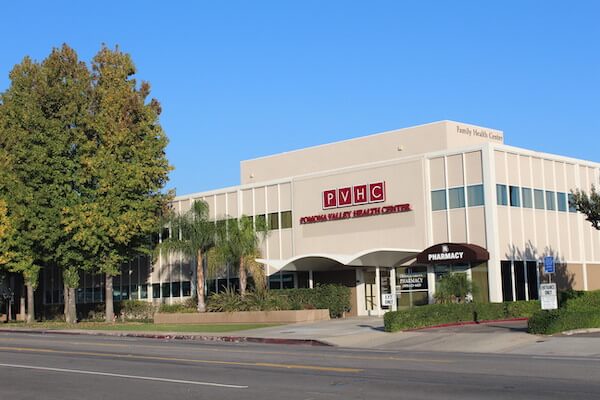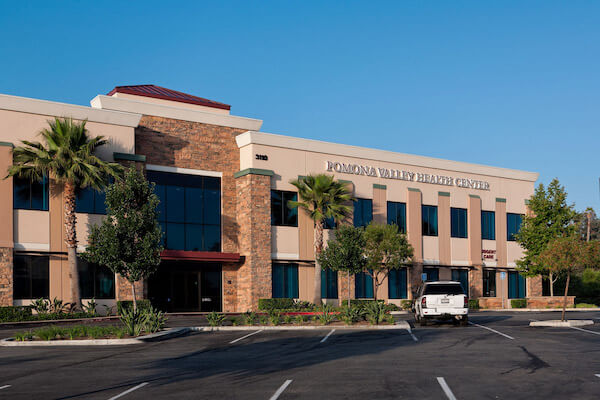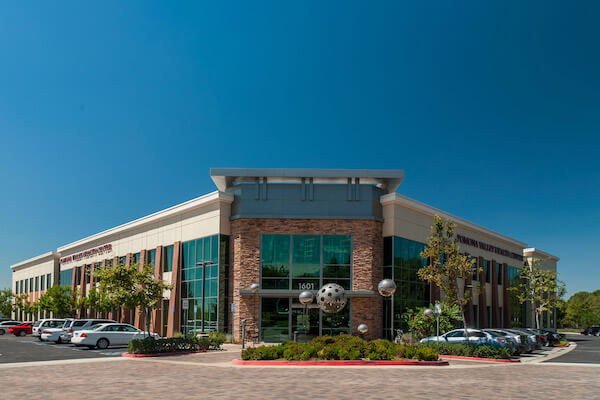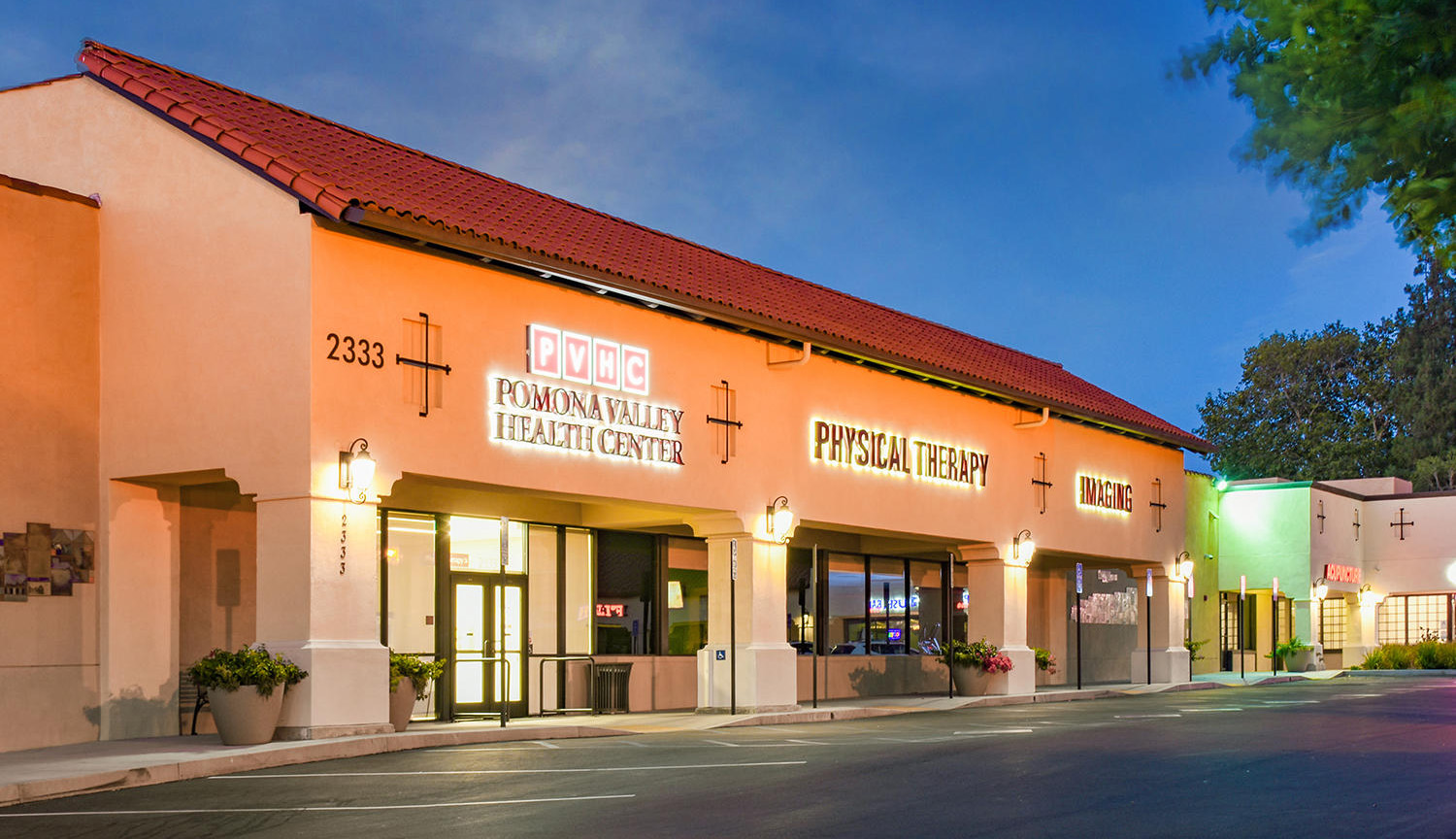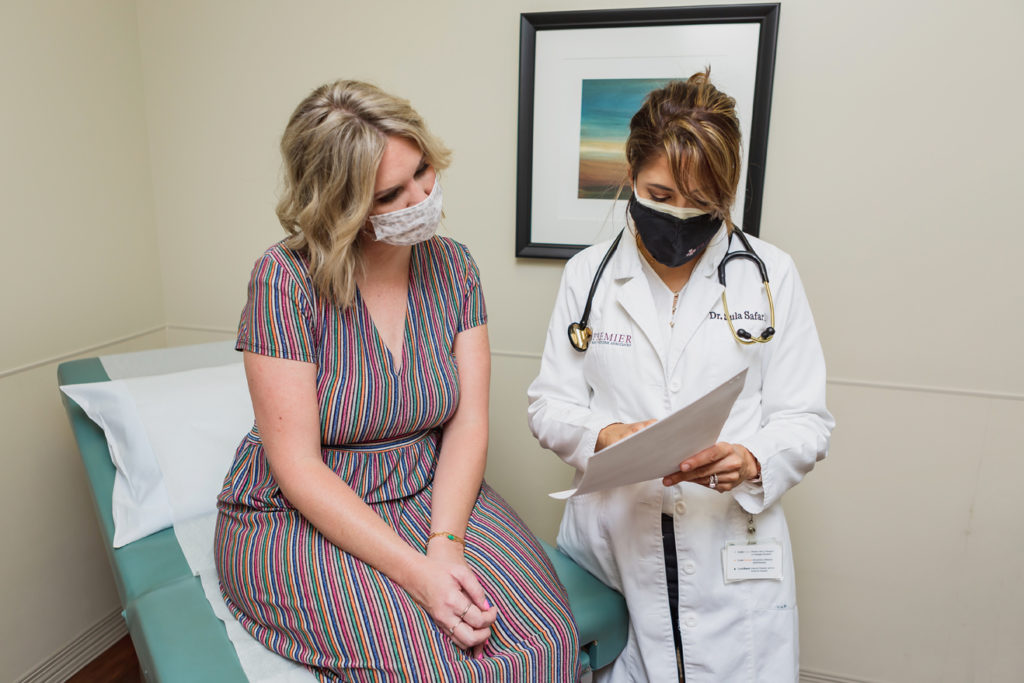
Whether you’ve had a mammogram in the past, are preparing for your first mammogram, or are simply curious about this potentially life-saving procedure, PVHC has you covered.
We recognize the importance of staying on top of your health, especially as a woman. Utilizing state-of-the-art imaging and comprehensive analysis, you can get a complete picture of your breast health while mitigating the risk of late-detection breast cancer all through a thorough outpatient procedure.
Let’s dive deeper into understanding precisely what a mammogram is, including how often you should get one and who is at a higher risk of being diagnosed with breast cancer.
A mammogram is an x-ray image of your breasts that analyzes your breast makeup and surrounding tissues. It is used to check for abnormalities and is often considered the best procedure for the early detection of breast cancer. Mammograms have been able to spot cancer cells up to 3 years before symptoms such as lumps, discharge or pain occur.
Considered noninvasive, mammograms are often completed within 60 minutes or less at a healthcare center, women’s health clinic or specialized breast center. Some women complain of feeling uncomfortable during the imaging process. Still, pain levels vary based on breast size, health conditions, compression amount required for the procedure, and the number of images needed.
Women with minimal risk of breast cancer should get their first mammogram at 45 years old. Those at increased risk should discuss their health history with their provider to determine the best age to begin regular mammogram screening.
If you are experiencing breast pain, tenderness or unusual discharge, you should talk to your doctor about scheduling a mammogram now.
Mammogram frequency varies by age and unique health history.
At PVHC, we recommend following the guidelines set forth by the American Cancer Society. Women at low risk should utilize the following for mammogram scheduling:
Women at increased risk of developing breast cancer include:
If you are considered to be at higher risk, we recommend:
The main benefit of a mammogram is the prompt discovery of cancer cells in the breasts. Early detection is key to slowing the spread of cancer and removing it quickly. When cancer is detected and treated sooner, higher remission rates without the need for mastectomy are often established.
At PVHC, we care deeply about maintaining a high level of care in all areas of women’s health. We recognize that comprehensive testing, regular wellness visits, and state-of-the-art imaging, like mammograms, are essential to a woman’s overall wellbeing. To learn more about mammograms or to schedule an appointment at one of our five locations, contact us today.
